Interstitial focus: Robin Hill’s ’Side by Side’ photographs to show in New York
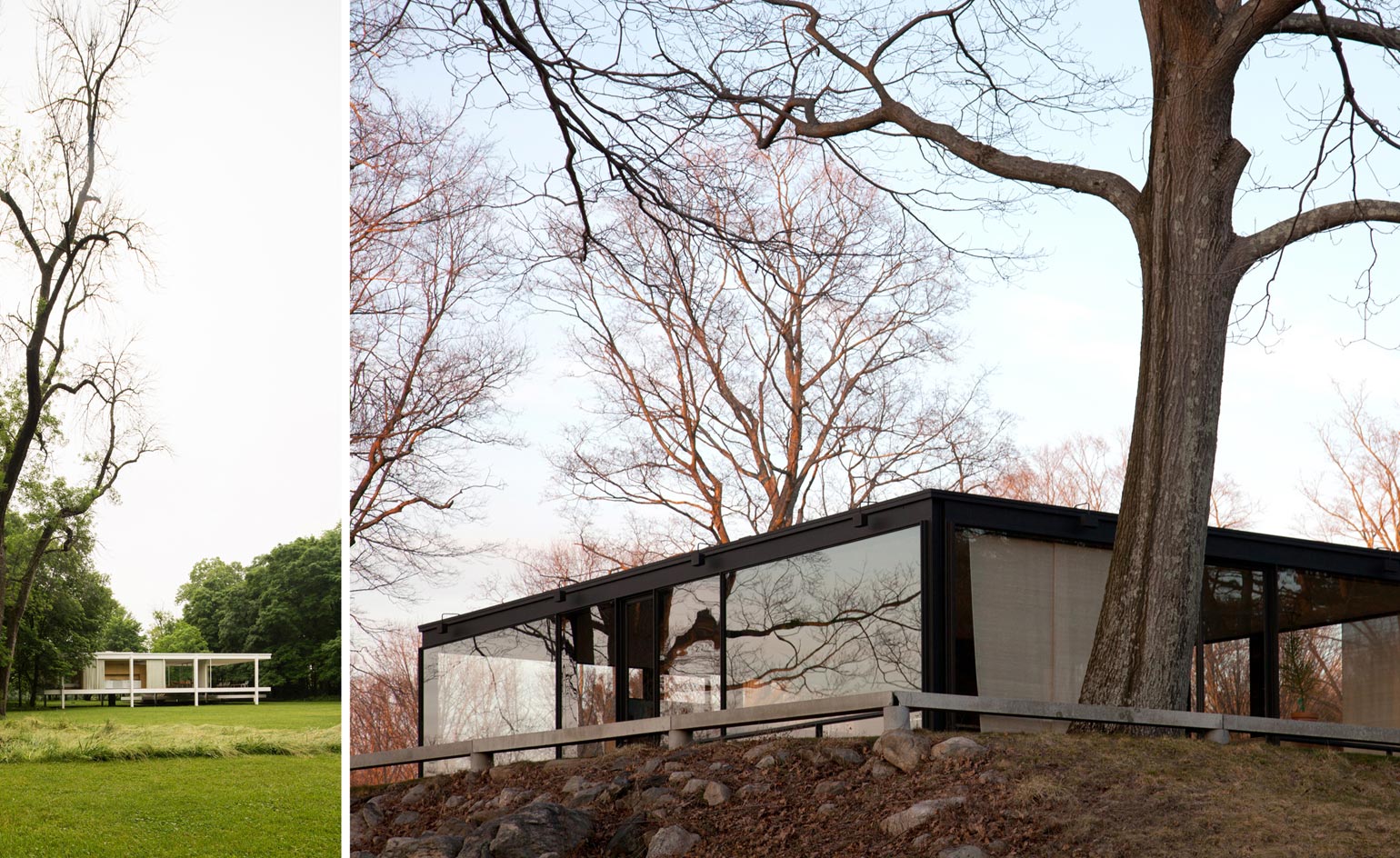
Contemporary architecture is expected to be photogenic, but rarely do photographers make a comparative analysis of what’s before the lens. ‘Side by Side’ features Robin Hill’s photographs of Philip Johnson’s Glass House and Mies van der Rohe’s Farnsworth House, two of the most talismanic modern houses of the 20th century. Both comprising single-storey glass structures, each displays a very specific relationship with the landscape. Johnson’s house owed much to his relationship and admiration for Mies – the two men had worked closely together ever since the German had been at the Bauhaus in the 1930s. Johnson’s chutzpah and canny aesthetic instincts essentially made him the primary importer of modernism into America, a skill he later parlayed into a career creating corporate HQs, ping-ponging between styles.
Superficially, the Glass House appears to be a copy of Edith Farnsworth’s famous (and famously problematic) dwelling, even though the former was built first. Typically, Johnson played the connection for all it was worth, ultimately concluding in interviews that he had taken van der Rohe's rigorous ‘anti-nature’ and Americanised it into a ‘house in the field’. Certainly, the two structures epitomise the great break in modernist ideology, a split between rigour and romanticism that has to some extent shaped the interpretation of ‘high’ modernism ever since.
Tellingly, 'Side by Side: Philip Johnson's Glass House and Mies van der Rohe's Farnsworth House' is on display at New York’s Four Seasons Restaurant. Housed within the Seagram Building on Park Avenue (although entered from 52nd Street), the Four Seasons opened in 1959 and became an instant destination. Fusing fine cuisine with Johnson’s elaborate designs and specially commissioned art, the interior was reputed, at the time, to cost a cool $5m. Cited by the city’s Landmarks Preservation Committee in 1989, it has been in the loving care of Alex von Bidder and Julian Niccolini since 1995. A proposal to alter the space was rejected by the commission last month, following campaigns led by the venerable Phyllis Lambert, who had overseen the original commission for the building. It was Lambert who advised her father Edgar Bronfman, owner of the Seagram Corporation, to pair Johnson with van der Rohe. Yet despite this Manhattan original receiving the legal protection it deserves, von Bidder and Niccolini look unlikely to keep their lease beyond July 2016. Watch this space, and hopefully enjoy design, food and art in the process.

Johnson’s Glass House and van der Rohe’s Farnsworth House are two of the most talismanic modern houses of the 20th century

Johnson’s house owed much to his relationship and admiration for van der Rohe – they had worked closely together since the German had been at the Bauhaus in the 1930s
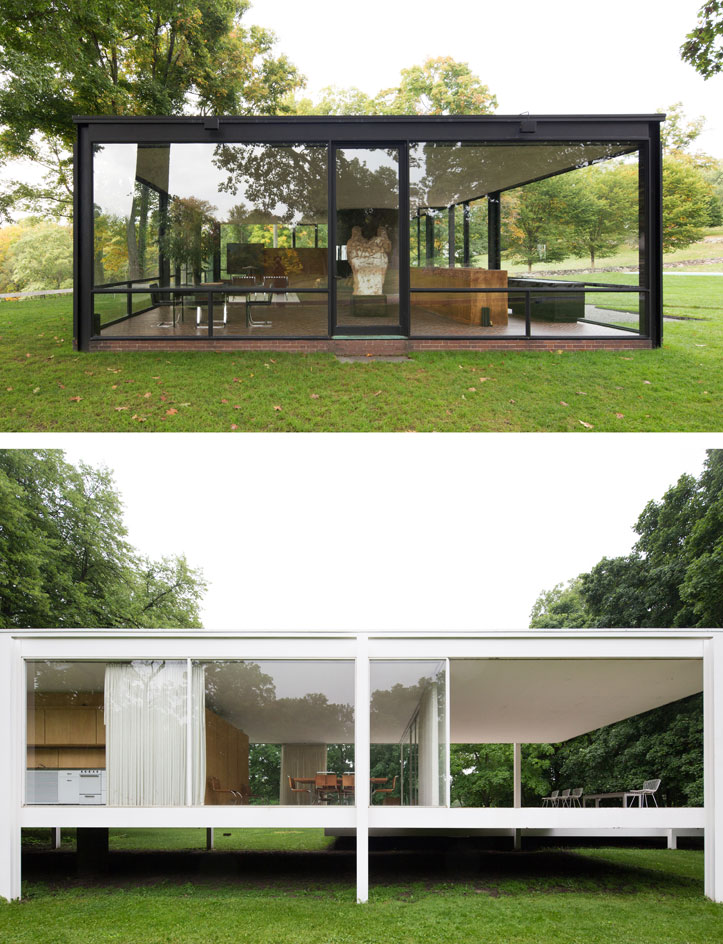
Johnson said that he had taken Mies’s rigorous ‘anti-nature’ and Americanised it into a ‘house in the field’; the Glass House was completed in Connecticut in 1949, while Farnsworth took shape between 1945–51 in Illinois

Robin Hill takes the unusual tack of making a comparative photographic analysis of what is before the lens
ADDRESS
Four Seasons Restaurant
99 East 52nd Street
New York, NY 10022
Receive our daily digest of inspiration, escapism and design stories from around the world direct to your inbox.
Jonathan Bell has written for Wallpaper* magazine since 1999, covering everything from architecture and transport design to books, tech and graphic design. He is now the magazine’s Transport and Technology Editor. Jonathan has written and edited 15 books, including Concept Car Design, 21st Century House, and The New Modern House. He is also the host of Wallpaper’s first podcast.
-
 Take an exclusive look inside Marc Newson and Ressence’s new watch collaboration
Take an exclusive look inside Marc Newson and Ressence’s new watch collaborationA serendipitous collaboration between innovative watch brand Ressence and Marc Newson dials up on the industrial designer’s earlier cult offerings
-
 The Christmas wishlist of an interiors-obsessed Wallpaper* writer
The Christmas wishlist of an interiors-obsessed Wallpaper* writer2026 will be the year I finally finish furnishing my home – ideally with this selection of covetable furniture and accessories from studios and designers that inspire me endlessly
-
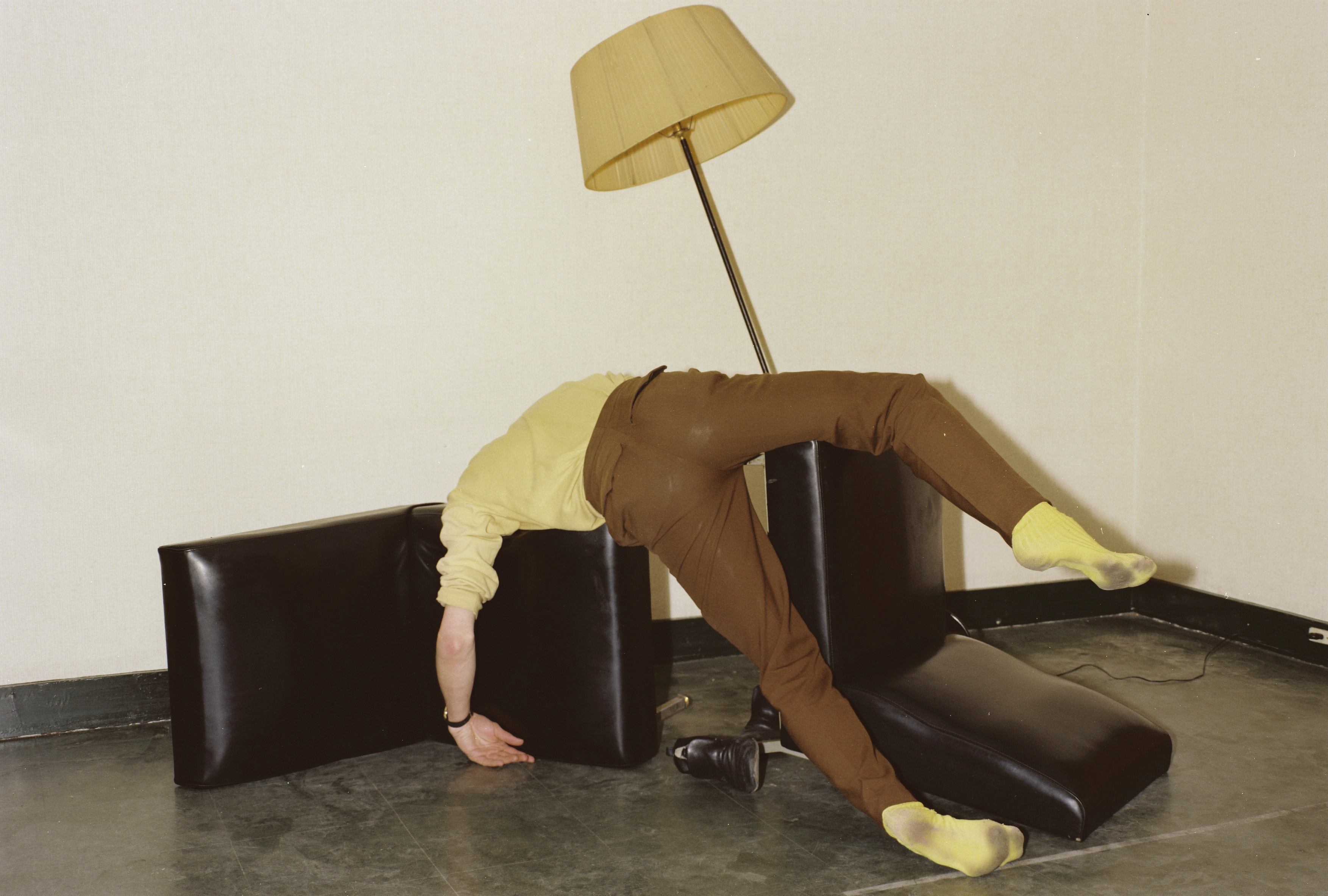 ‘Seriously,’ says Sprüth Magers, art can be funny too
‘Seriously,’ says Sprüth Magers, art can be funny tooAt Sprüth Magers, London, group show ‘Seriously’ delves into humour in art, from the satirical to the slapstick
-
 The Architecture Edit: Wallpaper’s houses of the month
The Architecture Edit: Wallpaper’s houses of the monthFrom wineries-turned-music studios to fire-resistant holiday homes, these are the properties that have most impressed the Wallpaper* editors this month
-
 The Stahl House – an icon of mid-century modernism – is for sale in Los Angeles
The Stahl House – an icon of mid-century modernism – is for sale in Los AngelesAfter 65 years in the hands of the same family, the home, also known as Case Study House #22, has been listed for $25 million
-
 Houston's Ismaili Centre is the most dazzling new building in America. Here's a look inside
Houston's Ismaili Centre is the most dazzling new building in America. Here's a look insideLondon-based architect Farshid Moussavi designed a new building open to all – and in the process, has created a gleaming new monument
-
 Frank Lloyd Wright’s Fountainhead will be opened to the public for the first time
Frank Lloyd Wright’s Fountainhead will be opened to the public for the first timeThe home, a defining example of the architect’s vision for American design, has been acquired by the Mississippi Museum of Art, which will open it to the public, giving visitors the chance to experience Frank Lloyd Wright’s genius firsthand
-
 Clad in terracotta, these new Williamsburg homes blend loft living and an organic feel
Clad in terracotta, these new Williamsburg homes blend loft living and an organic feelThe Williamsburg homes inside 103 Grand Street, designed by Brooklyn-based architects Of Possible, bring together elegant interiors and dramatic outdoor space in a slick, stacked volume
-
 This ethereal Miami residence sprouted out of a wild, jungle-like garden
This ethereal Miami residence sprouted out of a wild, jungle-like gardenA Miami couple tapped local firm Brillhart Architecture to design them a house that merged Florida vernacular, Paul Rudolph and 'too many plants to count’
-
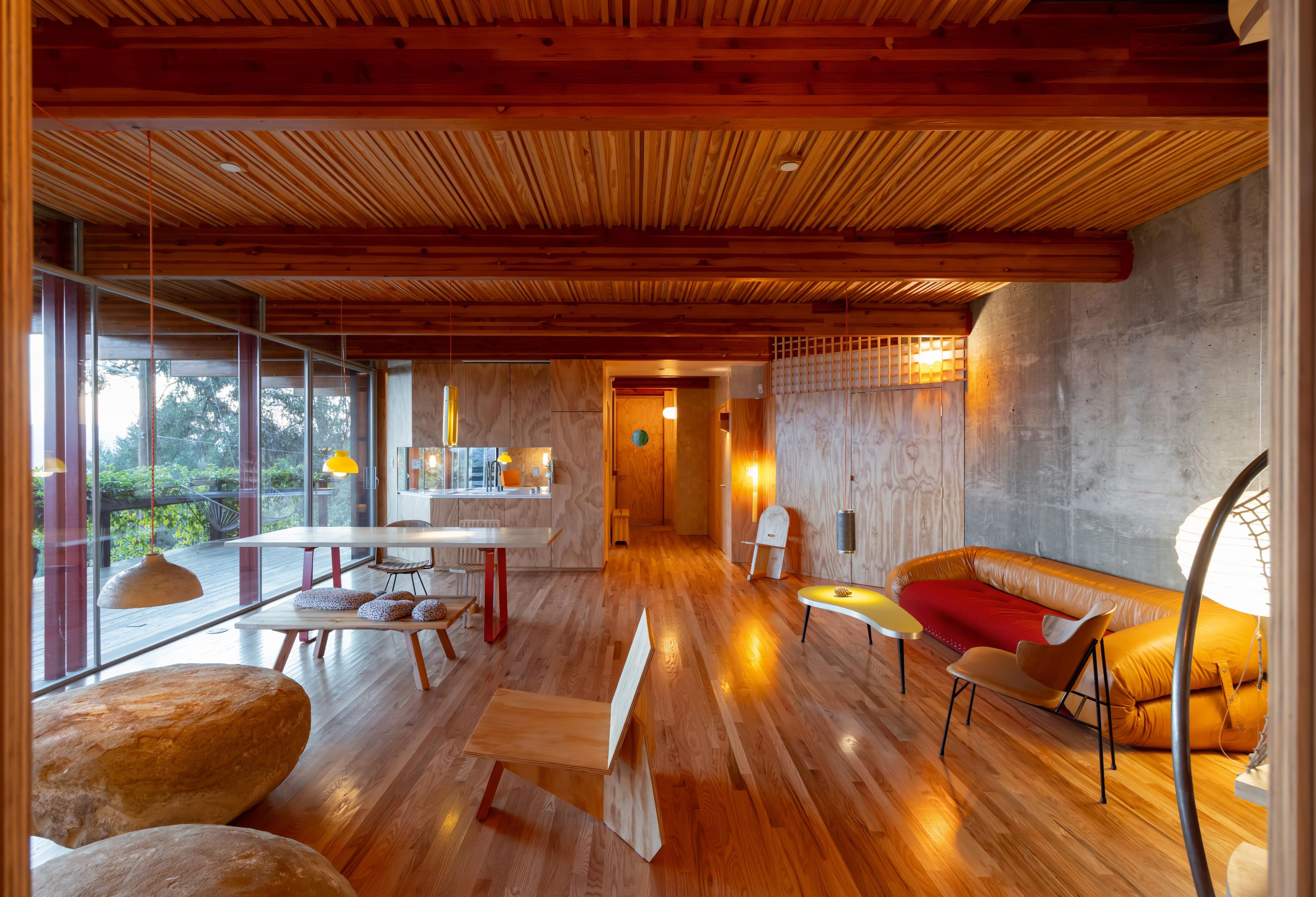 Tour Cano House, a Los Angeles home like no other, full of colour and quirk
Tour Cano House, a Los Angeles home like no other, full of colour and quirkCano House is a case study for tranquil city living, cantilevering cleverly over a steep site in LA’s Mount Washington and fusing California modernism with contemporary flair
-
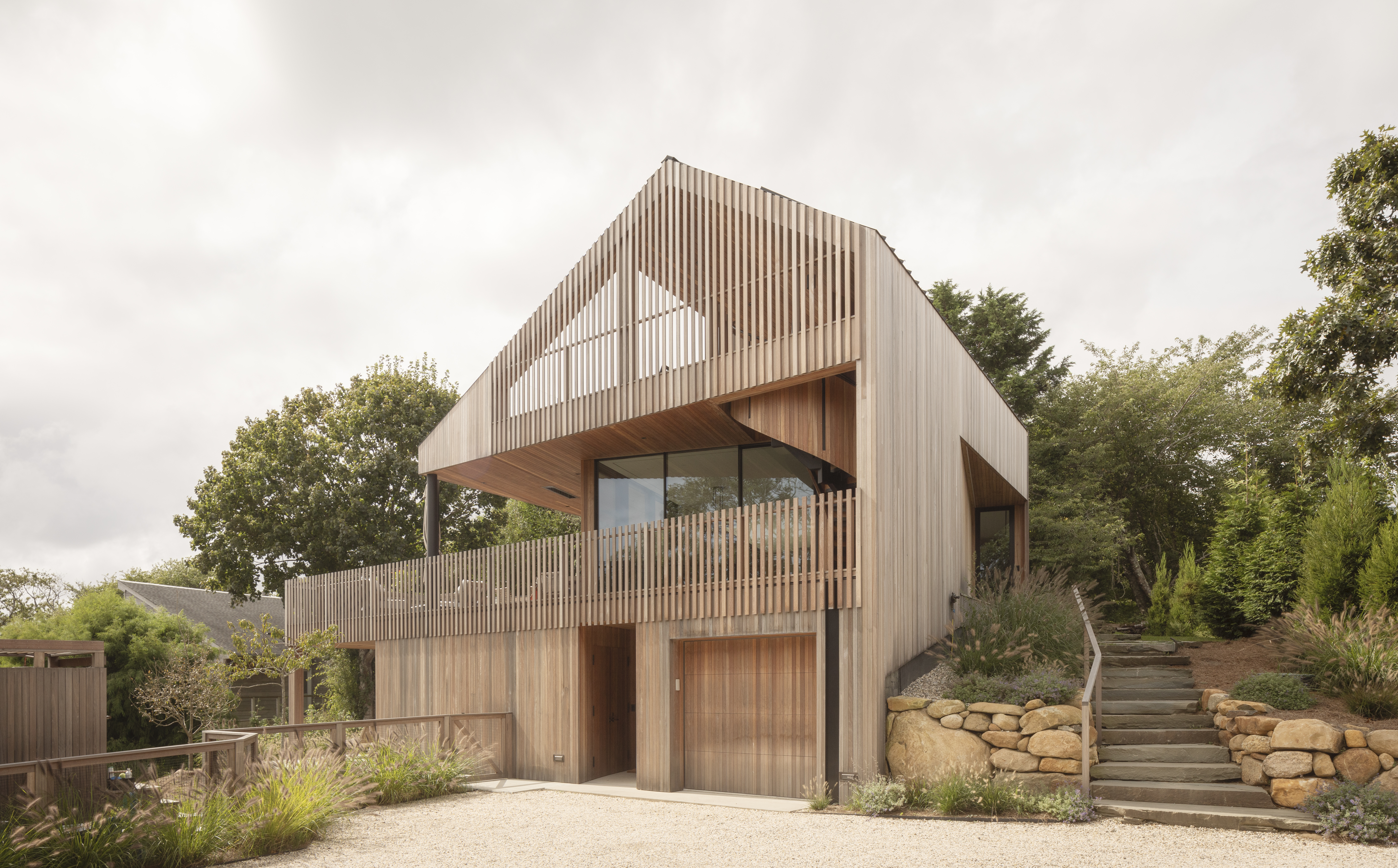 An ocean-facing Montauk house is 'a coming-of-age, a celebration, a lair'
An ocean-facing Montauk house is 'a coming-of-age, a celebration, a lair'A Montauk house on Hither Hills, designed by Hampton architects Oza Sabbeth, is wrapped in timber and connects its residents with the ocean